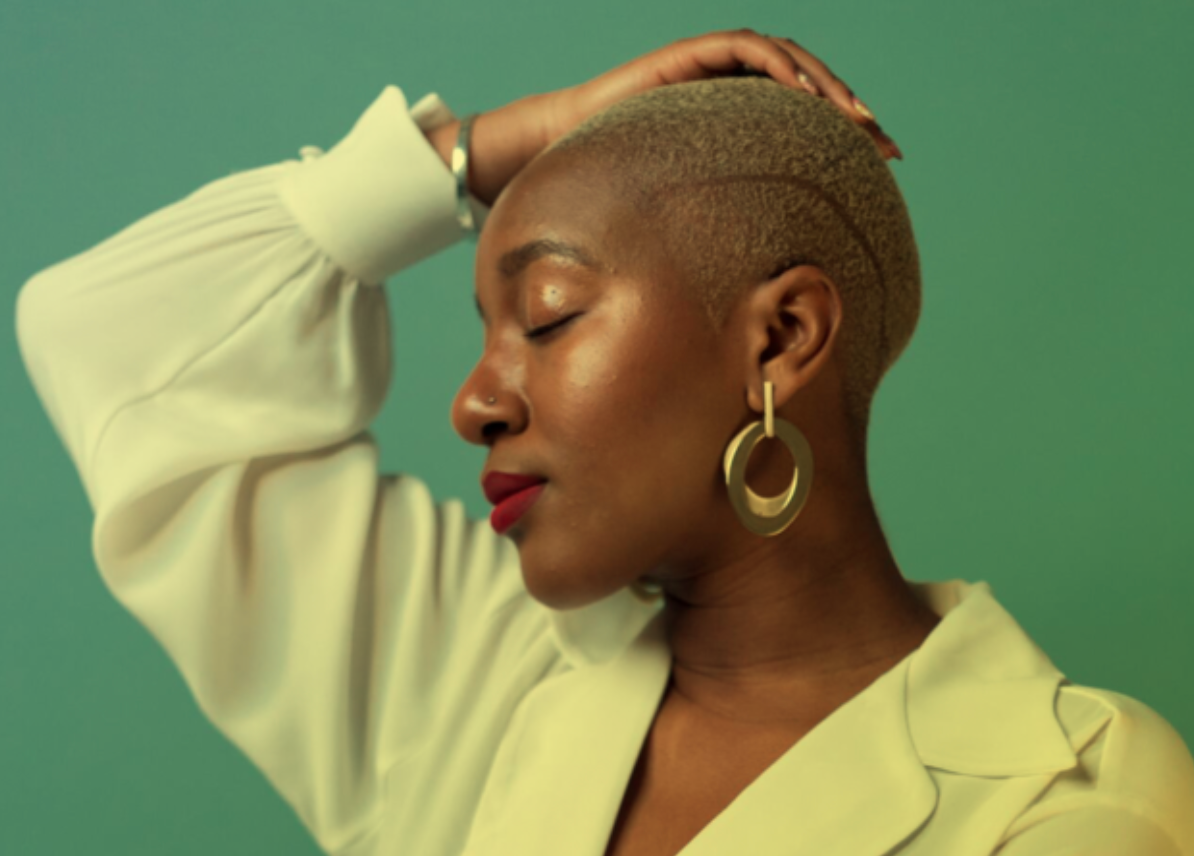The Evolution Of Natural Hair
The journey to hair love within the Black community.
by DESJAH ALTVATER ★ JULY 2, 2020
Do not touch my hair! For it is not just protein filaments that grow from follicles found in the dermis. Black women’s hair has been under attack for centuries. Women in my lineage were turned down jobs due to the mere sight of their natural beauty and I still face those microaggressions as I walk down the street. As a child, I was convinced that straight hair was beautiful, therefore I burned my scalp and damaged my hair for a relaxer. Having “Black girl hair” was hurled at me as an insult as it did not adhere to European beauty standards. Natural hair is not merely a statement, style, or movement. It is a radical act of self-love.
Here is an evolution of natural hair:
Head shaving:
Credit: Black History Month
One of the earliest onslaughts of Black hair in America was the ejection of it. In the 1600s, enslaved individuals were dehumanized and treated as commodities each and every way. These atrocious acts of violence were committed with the purpose of humiliation and abuse of power. Removing their hair was also an attempt to remove them from their culture as many African hairstyles were beautiful, detailed, and complex.
Head wraps:
Credit: Pinterest
While head wraps are a multifaceted way of demonstrating style and hair protection, they weren’t intended to be an expression of Black beauty. According to Timeline, in 1786, New Orleans enacted the Tignon Law, which prohibited Black & Creole women from wearing their natural hair uncovered. The article further states that Governor Esteban Rodriguez Miró of Louisiana, which was still a Spanish colony at the time, enacted the “Edict of Good Government,” which required black women to wear “their hair bound in a kerchief” or a “tignon.” These laws were an attempt to deter white men from engaging with Black women, as their beauty was perceived as a threat to white women.
Fortunately, Black women did not prevent these laws from incorporating self-expression as they would create beautiful scarfs, prints, and wrap patterns. While laws revolving around these stipulations are no longer in place, head wraps are still a major aspect of Black culture and hair styles throughout the U.S. and the Caribbean.
The rise of straight hair (hot combs and relaxers):
Credit: Essence
Following the emancipation of African-Americans and the abolishment of slavery, America pushed Eurocentric standards onto Black citizens. According to Naturally Curly, the conscious and subconscious messages that the nation thrusted upon Black people contributed to the mass production of hair relaxers and hot combs. While these tools may have straightened Black women’s hair, they offered tremendous damage on hair and Black body image. The assimilation into American standards caused Black women and men to put their health at risk as relaxers disrupt the chemical balance of our bodies by entering our system via cuts and burns. According to Pulse, studies show relaxers cause life-threatening ailments with reproduction, heart disease, cancer, early puberty, fibroids, and mental health disorders.
Afro love:
Credit: Atlanta Journal Constitution
The Black Power movements of the 60s and 70s caused a rise in natural hair love as the afro rose back to popularity. A strong force in hair acceptance in the Black community was seeing Angela Davis unapologetically rocking her afro. Seeing Davis, a notable civil rights activist and Black Panther, show pride for the natural state of her hair inspired others to do the same. Black women all over the country went natural and dismissed the relaxers.
Cornrows, box braids, and locs:
Credit: Byrdie
Contrary to popular belief, braids and their various styles were already popular before the Kardashians. According to Ebony, history claims that braids originated in Africa and date back to at least 3000 B.C. Not only were Warriors and royalty identified by their braided hairstyles but cornrows were also used as a tool for transporting messages and seeds. As more and more women adopted the style, Black people became more comfortable wearing them out in public. While box braids had already been around, Janet Jackson’s iconic hair in the film Poetic Justice inspired set the trend and inspired Black women to rock box braids. To many communities along the African diaspora, locs have cultural and religious significance, but were never really accepted. In the 80’s, Whoopi Goldberg’s iconic locs helped shift the stereotypes associated with the hairstyle.
Big chops, TWAs, and the natural hair journey:
Credit: Naturally Stellar
Over the past few years, natural hair has been slowly becoming the norm. While relaxers and straight hair is still common and of cultural interest, they have less power than once previously perceived. Thanks to social media platforms such as YouTube and Instagram, Black women have been able to discover various methods of caring for our hair. This resource has contributed to the rise in natural hair love as well as the big chops that lead to it. After the big chop, a haircut that transitions one to be officially 100% natural in a matter of minutes, the hair then goes through a series of phases. The TWA, teeny weeny afro, is the first stage when hair is 1/2 – 1 inch in length. Hopefully, as one’s natural hair continues to grow, the journey of acceptance and confidence does as well. But, let’s not forget, natural hair takes a lot of work, money, and time.
As previously mentioned, please do not touch our hair. Regardless of the style that we wear it in, it is more than just an accumulation of strands. Our hair has been criminalized and directed for centuries, and the journey we have taken to alter beauty standards has been a hard fight. We understand that it is beautiful and defies gravity, but it has also defied the laws that were enacted to prevent our self-acceptance.






